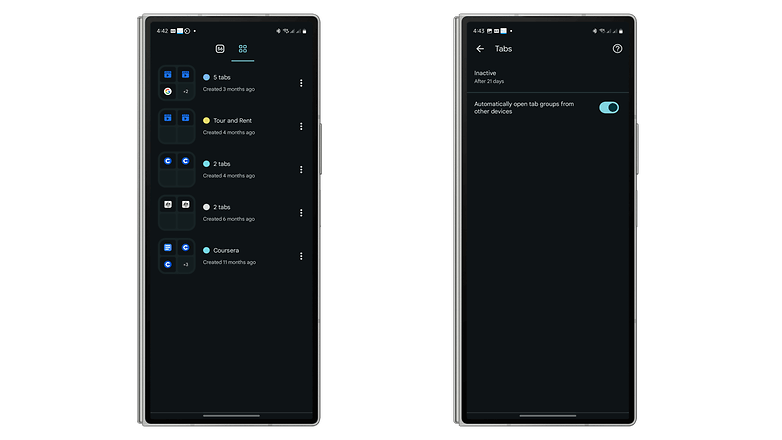Never Lose a Tab Again: Chrome for Android Gains Vital Features


Read in other languages:
If you’re like me and rarely close tabs while browsing in Chrome, chances are you have multiple tabs sitting on the sidelines—some even dating back months. While this can make navigating your browser a bit overwhelming, there’s usually a reason those tabs remain open, whether for future reference or as an alternative to bookmarking. Fortunately, Google has introduced a more convenient way to manage tabs with the Tab Search feature, which is now rolling out to Chrome for Android.
Google’s Tab Search Expands to Chrome for Android
Google first introduced Tab Search on Chrome for desktops, as well as on iOS and Mac. This feature allows users to quickly search for and find specific pages or sites within their active tabs, bookmarks, and favorites sections—making it different from the in-page search function.
Now, Google is expanding Tab Search to Chrome for Android, as spotted by 9to5Google. The feature is rolling out via a server-side update, meaning some users may not have received it yet.
How Tab Search Works on Chrome for Android
If you have access to the feature, it functions similarly to Tab Search on desktops, with a few visual differences. You can find Tab Search on the main Tabs screen, where a new search pill appears just below the tab counter and tab group shortcuts.
While the layout remains mostly unchanged, the tab list now displays the most recently opened tabs at the top.
To start searching, simply tap on the search pill, which will display a list of your last opened tabs. As you enter keywords related to site names or page titles, the results will dynamically narrow down. If there's a match, the corresponding tab will appear at the top of the list.
Additionally, the search results are categorized, showing related matches from your browsing history and an option to search the keyword on the web. Though the feature is fairly basic, it’s a useful tool for filtering out unnecessary tabs.
Interestingly, Chrome for iOS introduced a similar feature earlier, but with a grid-based tab layout. This raises the question—why did Google take so long to bring Tab Search to Android?

Tab Groups Sync Expands to More Devices
Alongside Tab Search, Google is also rolling out Tab Groups Sync to Android users. This feature helps users keep their grouped tabs synced across mobile and desktop devices.
Tab Groups was originally announced last year, but its rollout has been gradual. Now, tab group syncing is enabled by default, though users can toggle it on or off in the Advanced section of Chrome’s settings. The feature will be available on Android, PC, iOS, and Mac.
Would you find Tab Search helpful in managing your browsing experience? Do you think it’s a practical addition to Chrome? Share your thoughts in the comments!

















